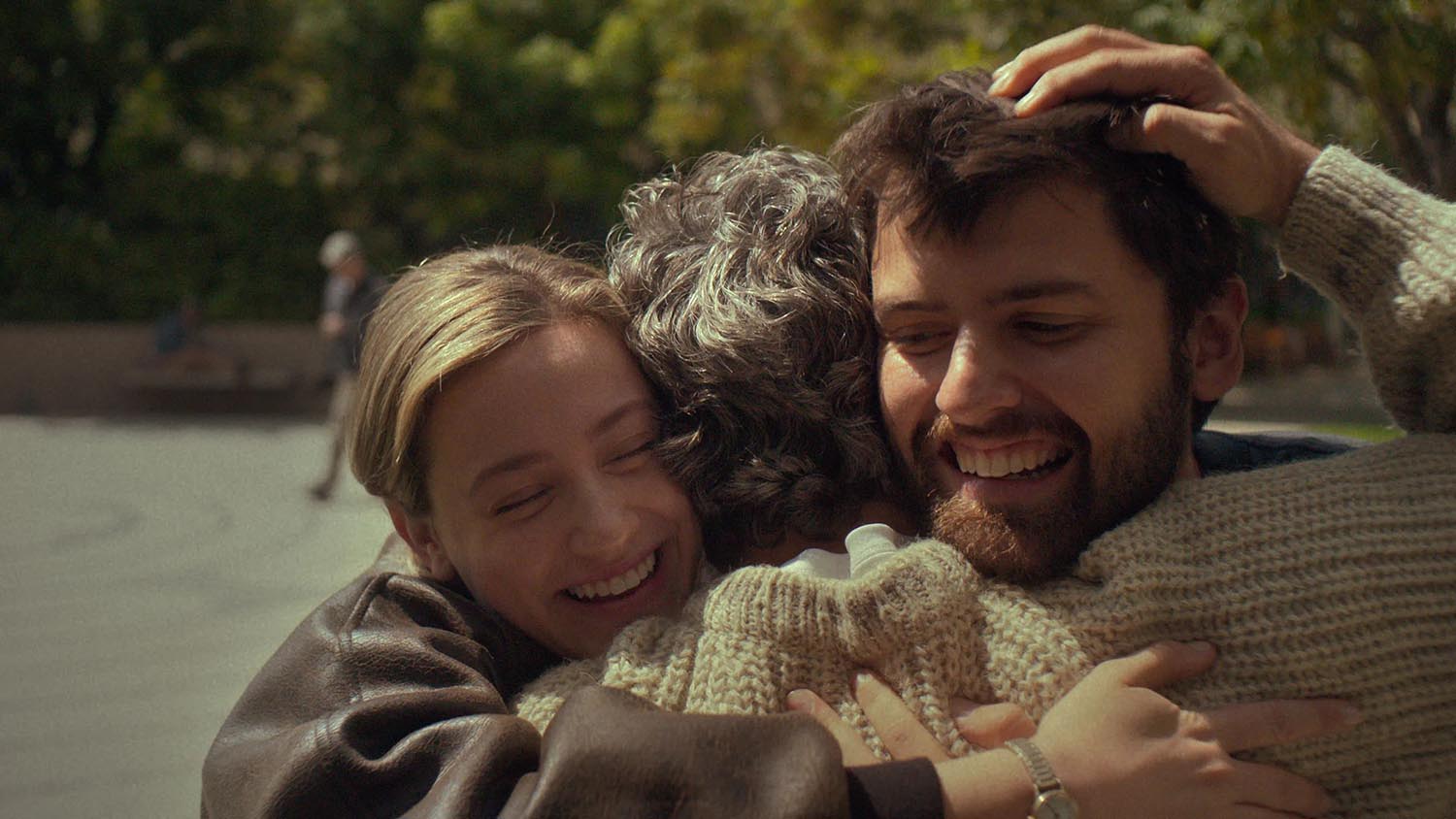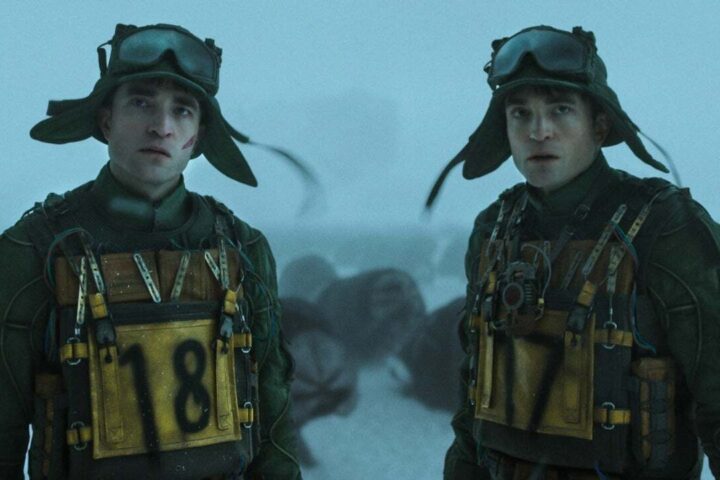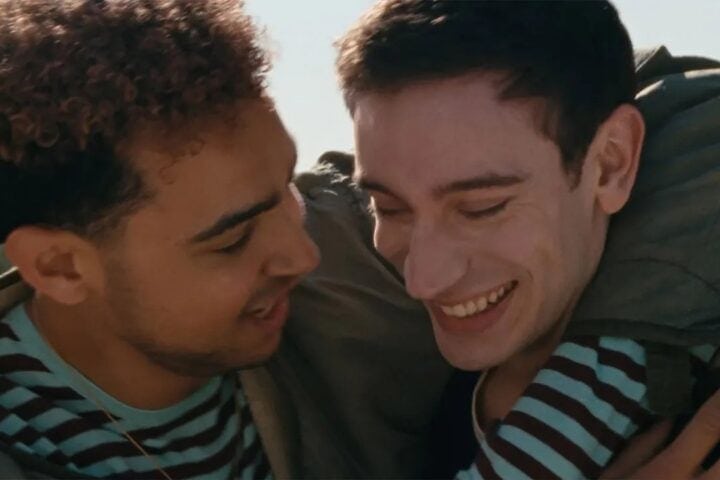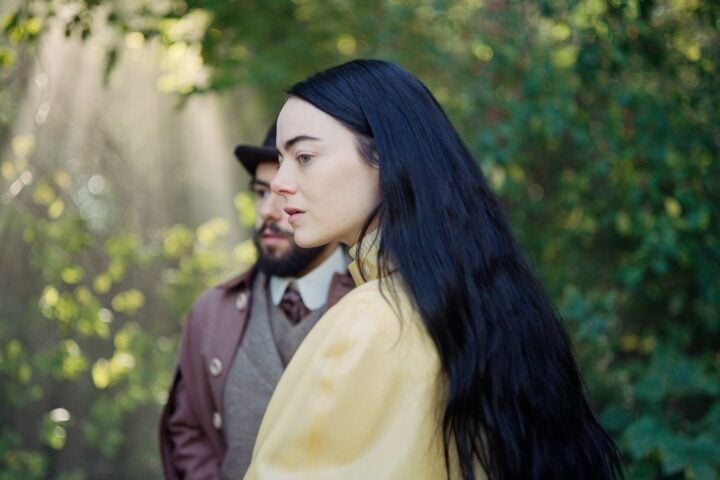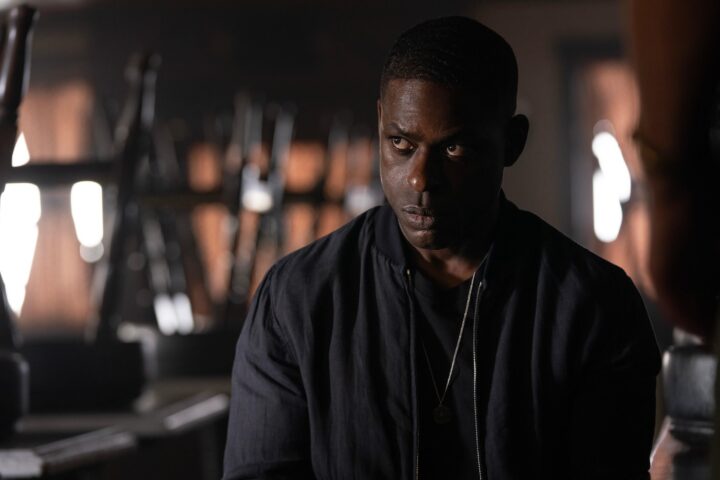Sometimes, the first interaction between two characters tells you everything you need to know about their dynamic. When Hal (Cooper Raiff) clambers in through his sister Harper’s (Lili Reinhart) bedroom window at 3 a.m. so that they can go to McDonald’s, it’s clear that this isn’t your average sibling relationship. They have almost no boundaries, they talk constantly, and are more or less the center of each other’s lives. It’s endearing and obviously unhealthy, and Hal & Harper—which Raiff also created, wrote, and directed—spends eight funny, fraught episodes exploring how they ended up this way, and where they go from here.
The story picks up as Hal is fumbling his way through a college course that he doesn’t really care about while Harper is stuck in a soulless office job and a long-term relationship that she’s no longer fully invested in but can’t bear to break off. Both of them would rather hang out and wallow in regression instead of facing the problems of adult life head-on. Their father (Mark Ruffalo), known throughout the series simply as “Dad,” isn’t much help: He cares deeply about his kids but has a habit of disappearing into himself emotionally—a defense mechanism that a mellow, inward-turned actor like Ruffalo is perfectly suited for portraying.
These are all exceptionally likeable characters, thanks in part to a script filled with banter that’s often dry but never cruel. Hal & Harper is marked by breezy humor and a lively soundtrack that mixes hazy dreampop with jagged indie-folk songs from the likes of Adrianne Lenker and Waxahatchee. But for all its gentleness, Raiff’s serialized debut also has plenty of harder edges. In one early episode, we finally see Harper insist that her brother go away when he tries to come barging into her life once again at a crazy hour. There’s no forgetting the look of shock and pain on his face at being rejected, even though we know she’s doing the right thing. When you wait so long to set a healthy boundary, it snaps into place with the violence of a reset bone, and the series captures moments like this with a brutal and affecting efficiency.
Throughout the show’s eight episodes, Harper very much exudes the energy of an older sister, caring for Hal with a mixture of affection and exhaustion. At the same time, Hal is childish in a way that makes it hard not to love him and even harder not to want to slap him. They seem like two people trapped in their childhood, and we’ll soon find out that there’s a very good reason for that, and one that the series finds an inventive way of depicting.
The first flashbacks we see offer brief glimpses of Hal and Harper as young children while Dad anxiously tries to parent them. These recur throughout the series, focusing on the day that their lives were turned upside down by tragedy, and presented as the intruding stabs of memory that Hal, Harper, and their father each find themselves assailed by as a result.
Soon, though, we get lengthier flashback scenes exploring Hal and Harper’s childhood after that tragic event, only here the seven- and nine-year-old versions of the characters are still played by the adult actors. Raiff portrays young Hal with the wide-eyed excitement and awkward body movements of a small child, while Reinhart retains the mannerisms and mindset of her older self even as her character towers over a tiny desk in an elementary school classroom. Those and other moments—from a full-grown Hal playing basketball against a bunch of children to Harper telling a classmate that she intends to spend the weekend drinking herself numb—will earn your laughter, but it’s a conceit that also speaks effectively to the show’s central theme.
Hal and Harper are two kids who didn’t get to be kids because of a childhood trauma. Conversely, this also means that they never got to stop being kids, as their stunted young selves became frozen in time. There’s a Wes Anderson-esque feel to this idea of childhood pain calcifying into adult dysfunction, and that influence can also be felt in the show’s deadpan humor, as exemplified by a couple of quick-cut sight gags early on.
This age-playing conceit doesn’t really emerge until we’re a few episodes into Hal & Harper, after which large parts of the series are dedicated to Hal and Harper’s elementary school lives. It’s a cute trick, but the show isn’t built around it, which is good because it might easily have come to feel both a bit too cute and perhaps even a little gimmicky. The thing that makes the show so successful is the straightforward family drama underneath this whimsical veneer—tenderly played, sharply written, and delivering a perfect balance of bitter and sweet.
Since 2001, we've brought you uncompromising, candid takes on the world of film, music, television, video games, theater, and more. Independently owned and operated publications like Slant have been hit hard in recent years, but we’re committed to keeping our content free and accessible—meaning no paywalls or fees.
If you like what we do, please consider subscribing to our Patreon or making a donation.

